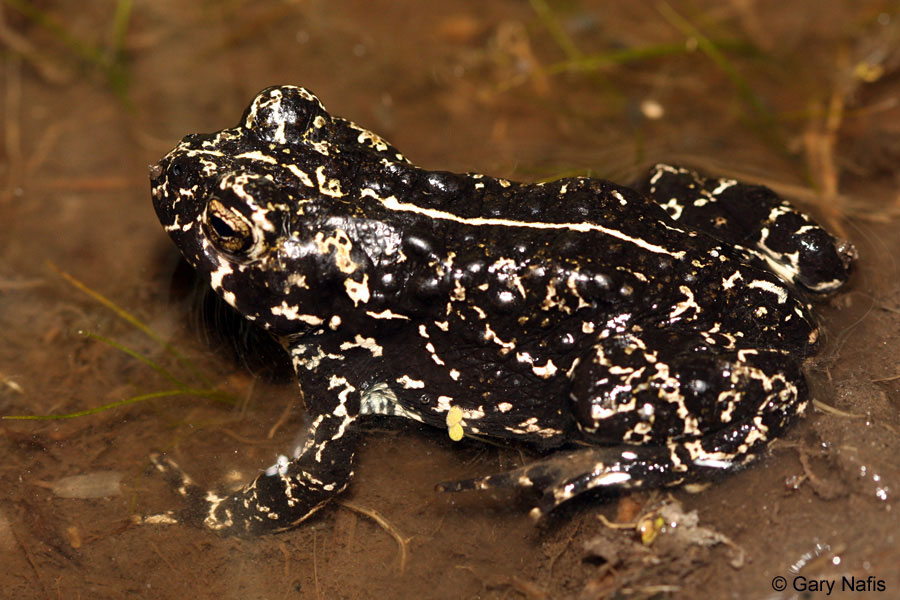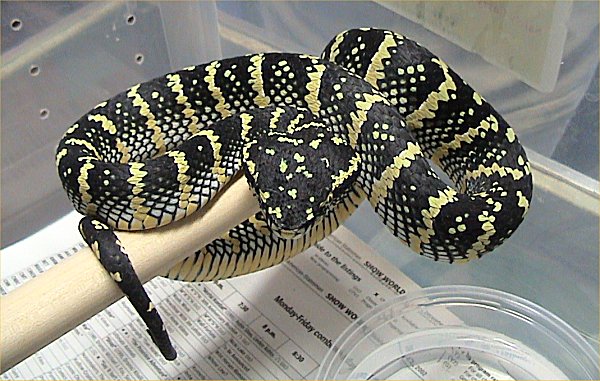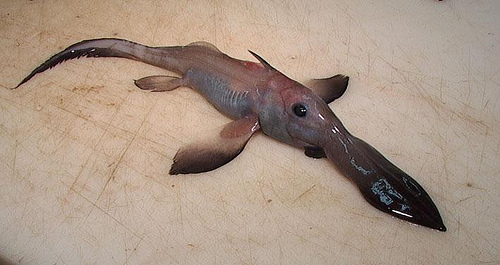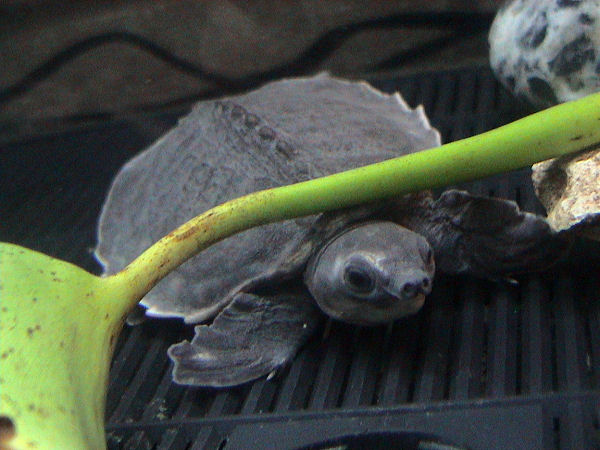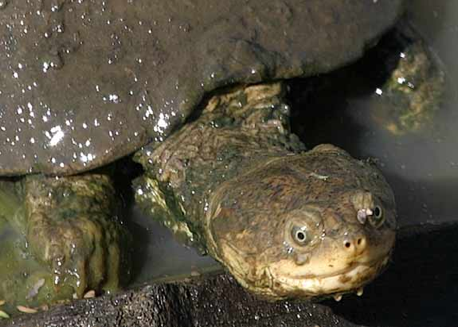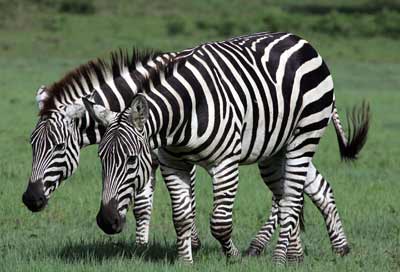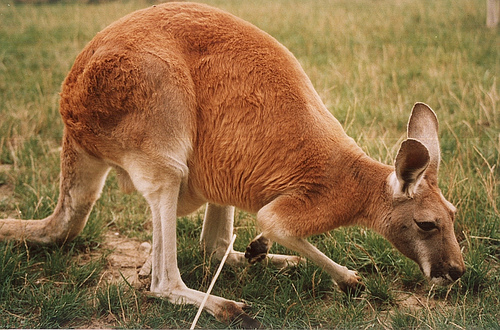
Today we are leaving the cold ocean waters and heading to Australia to learn about the Red Kangaroo. I know, I also had to double check the Wild Facts Index but apparently we have yet to study this incredibly popular animal. This particular species just happens to be the largest of all the Kangaroos, the largest mammal native to Australia and is the largest surviving marsupial found on earth. I guess I see why the Red Kangaroo is so popular throughout the world. So let’s grab our gear and head to the Australian mainland to catch up with this giant marsupial.
A Two-Hundred Pound Cherry
The Red Kangaroo is approximately 1.6 metres tall (5.25′), which doesn’t include the length of their tail and can weigh up to 90 kg (200 lbs). So yes, they are as big as they look on TV. Oddly enough, the female will give birth to one baby at any given time with this little “joey” being no bigger than a cherry. At this stage they will hop into the famous pouch where they will grow over the next 190 days. It is incredibly to think that something the size of a cherry at birth can grow up to be the worlds largest, living marsupial.

Basketball Superstar
I am sure we have all seen the Red Kangaroo hopping along the Australian outback but did you know they are capable of reaching speeds up to 56 km/hr (35 mph), which is pretty impressive considering they are hopping. Similarly, these large, powerful legs allow them to jump about 8 metres (25 feet) in a single bound while jumping to a impressive height of 1.8 metres (6 feet) high. I am starting to think that the Red Kangaroo would make an excellent addition to any professional basketball team.
Benefiting From Humans
The Red Kangaroo is known to gather in groups called “Mobs” as they roam around the desert and open grasslands of the Australian mainland. Luckily as humans have moved in, they have actually cleared more land and provided access to water sources, which have greatly benefited the population of the Red Kangaroo. As such, there are millions of these large marsupials roaming the mainland. Their population is doing quite well despite the increase in hunting pressure over recent years. Finally, we have some good news coming from human development. It is always nice to end a Wild Fact on a happy note, right?

